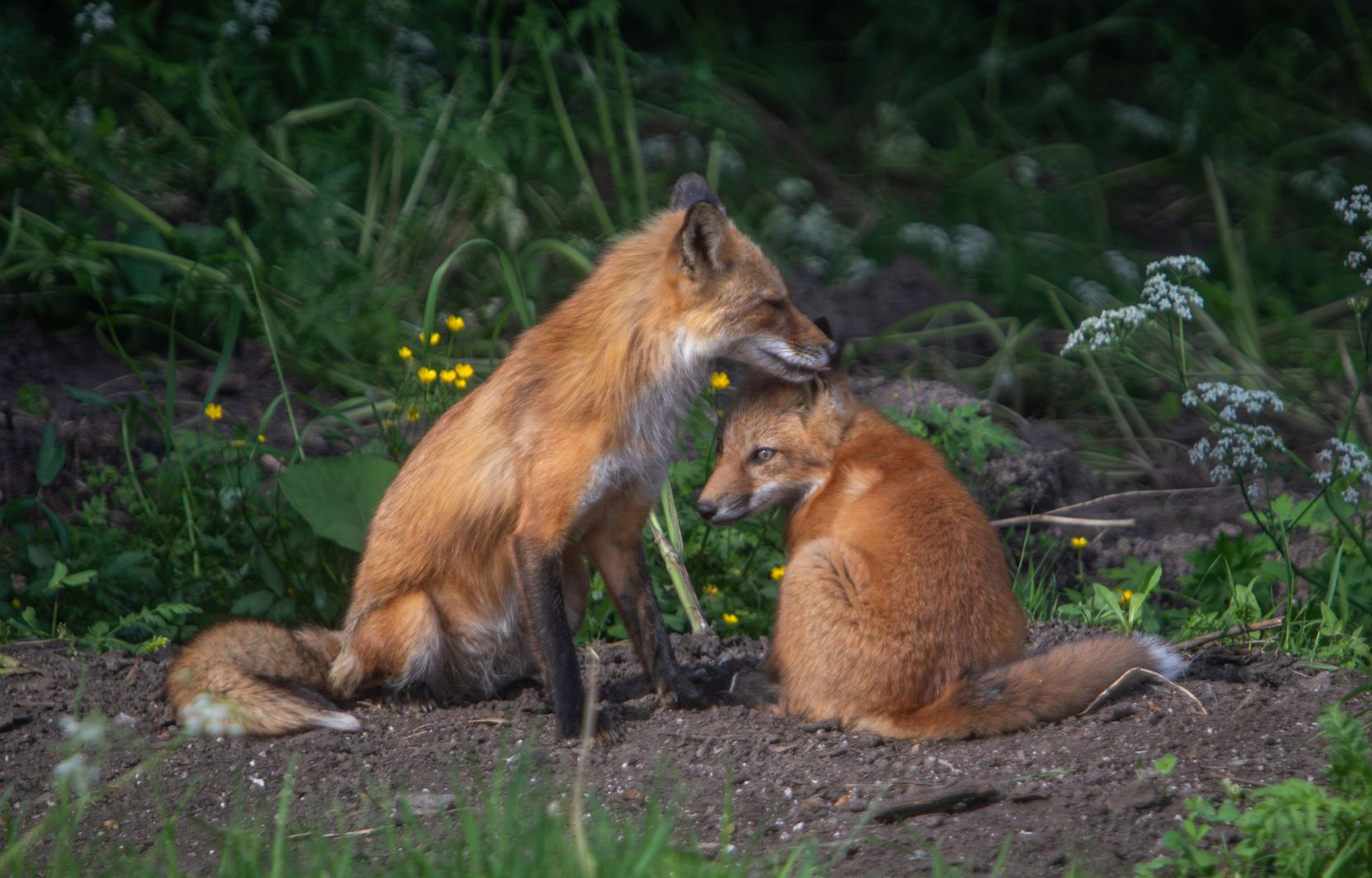This text is part of the special issue Climate Issues section
Predicting the movement of animals and plants from one geographic area to another in a context of climate change is what researchers at McGill University are working on. Their studies aim to better design adaptation and land use plans to limit the effects of these migrations on human health and biodiversity.
Climate change is forcing many animal and plant species to move in order to continue living at temperatures to which they are adapted. As a result, some species are now found in places they were previously absent, explains Jennifer Sunday, an assistant professor in McGill University’s Department of Biology. For example, 59% of the 26,000 species tracked by the international BioShifts database have migrated to cooler regions.
But global warming is not the only factor involved, says the holder of the Canada Research Chair in the Ecology of Global Change. In fact, other animals and plants are remaining in the same place despite the upheavals occurring in their natural habitat.
This is particularly the case for certain plants in the tundra of northern Quebec. “This may be due, among other things, to the fact that these trees grow slowly or to a different soil,” cites Jake Lawlor, a doctoral student at McGill University and lead author of an article on the subject published last April in the journal Nature Reviews Earth & Environment. Since these trees grow in the same place, this means that all the other species that depend on them [pour se nourrir ou s’abriter] cannot move either.”
Some plants and animal species may also be physically limited in their migration. “They don’t have seeds that disperse or can’t fly,” Lawlor said.
Effects on health and biodiversity
The migration or sedentariness of certain species in a context of climate change has implications for human health and the environment.
So if a pest insect or a fast-growing plant that doesn’t have any predators moves into a new area, it’s going to have an impact on biodiversity, Lawlor says. “One example is sea urchins, which sometimes move into kelp to feed. All they have to do is eat the bottom of the kelp where it’s connected to the ground, and it’s gone. That can turn these big underwater forests into what’s called urchin deserts, which takes away habitat for tons of other species,” he says. The sedentary lifestyles of many animal and plant species could also put them at risk of extinction in a warming climate, he says.
The mobility of certain species has consequences for human health. Ticks, in particular, carry several viruses, including Lyme disease.
These migrations could also generate costs for the economy. “If maple trees were moved out of Quebec, a lot of things would change” for the maple industry, says Mr. Lawlor, while the arrival of new flora and fauna could, at the same time, generate new sources of revenue.
However, researchers have access to only limited data on changes in the ranges of some groups. This information is almost non-existent for marine species. “You have to have followed changes for a number of years to be able to understand why some species evolve and others do not, and to detect trends,” says M.me Sunday.
Adapting for the future
Such shifts are forcing scientists to change their biodiversity conservation programs. “Most of the plans we’ve made for how humans interact with species are based on the assumption that they’re going to stay where they were before. But over the last few decades, that hasn’t really been the case. So we’re going to have to change a lot of those strategies and the relationships we have with nature as species evolve,” Lawlor predicts.
“If there’s a really critical species that we want to conserve, we’ll do our best to keep out competitors and make sure they have microclimates in which to live. But we probably can’t do that for all of them or in every place,” he says. “In other places, we’ll have to recognize that we’re probably going to lose one species, but we might gain others. We’ll have to [alors] adapt a protected area or our economic system to these newcomers who will arrive here anyway.”
This content was produced by the Special Publications Team of Dutyrelevant to marketing. The writing of the Duty did not take part in it.
